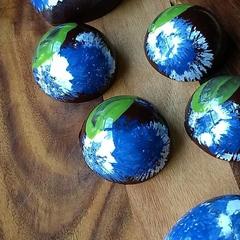-
Welcome to the eG Forums, a service of the eGullet Society for Culinary Arts & Letters. The Society is a 501(c)3 not-for-profit organization dedicated to the advancement of the culinary arts. These advertising-free forums are provided free of charge through donations from Society members. Anyone may read the forums, but to post you must create a free account.
Question about a Wybauw ingredient/term
-
Similar Content
-
- 110 replies
- 52,918 views
-
- 3 replies
- 3,684 views
-
- 165 replies
- 56,814 views
-
- 300 replies
- 48,338 views
-
- 255 replies
- 117,170 views
-
-
Recently Browsing 0 members
- No registered users viewing this page.





Recommended Posts